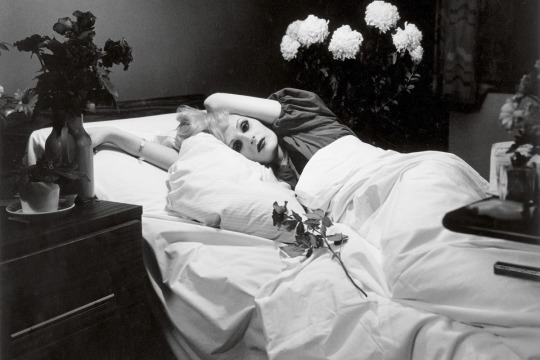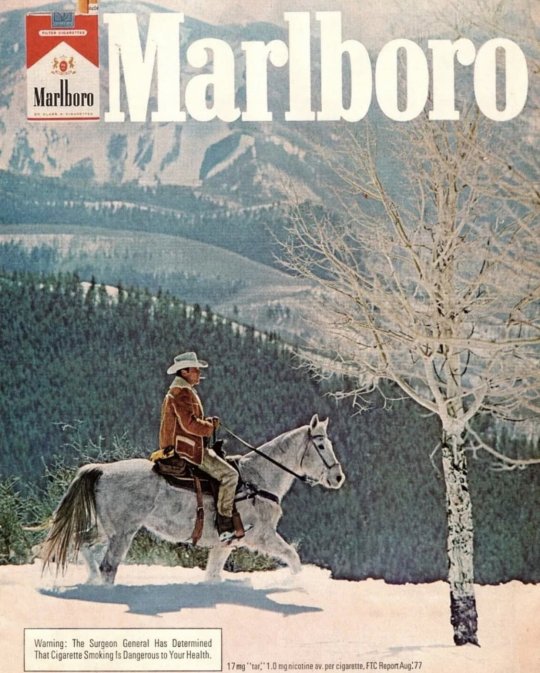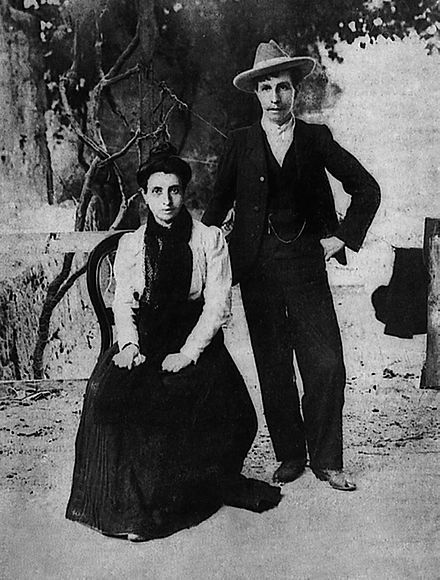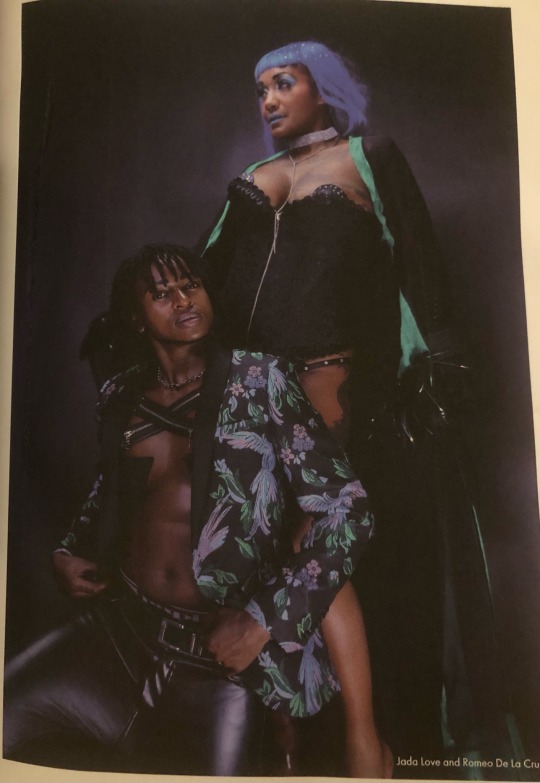#lgbt culture
Text


two ends of lesbian fashion
#lgbt#lesbian#queer#wlw#lgbtqia#gay#sapphic#bottoms movie#lgbt culture#gay culture#lesbian culture#lesbian spectrum#fasion#meme#lgbt meme#ayo edebiri#emma seligman#rachel sennott#sapphic movies#queer representation
783 notes
·
View notes
Text


Candy Darling on her deathbed (1974) photog: Peter Hujar
Darling died of lymphoma on March 21, 1974, aged 29, at the Columbus Hospital division of the Cabrini Health Care Center. In a letter written on her deathbed and intended for Warhol and his followers, Darling wrote, "Unfortunately before my death I had no desire left for life ... I am just so bored by everything. You might say bored to death. Did you know I couldn't last. I always knew it. I wish I could meet you all again." Her funeral, held at the Frank E. Campbell Funeral Chapel, was attended by huge crowds. Julie Newmar read the eulogy. Darling's birth name was never spoken by the minister or any of the eulogizers. Faith Dane played a piano piece, and Gloria Swanson saluted Darling's coffin.
#candy darling#trans history#lgbt history#warhol#warhol superstar#andy warhol#angel#rip candy darling#julie newmar#gloria swanson#faith dane#vintage lgbt#vintage photos#lgbt culture#trans culture#70s#1970s#retrocore#retro#beauty#muse#icon#trans#transgender#queer history#black and white#lgbt#lgbt icon#model#fashion model
1K notes
·
View notes
Text

Source: Kings Of Drag , by Bruce Wang
#drag king#drag king positivity#black drag king positivity#stud positivity#lgbt culture#lgbt#image#photo#lesbian#bisexual#personal
3K notes
·
View notes
Text
I made this when my internalized homophobia wasn’t great, and it helped, not only the final result but the process of making it, and going video through video finding the perfect clips and audios, it really made me realize I’m so lucky to be this way. I’m posting this in the hopes it helps someone else
As you can probably guess, none of the videos are mine.
Links: documentary, documentary, documentary, 1, 2, 3, 4, 5, 6, 7, 8 + Queen’s performance
#queer history#lgbt history#lgbt#lgbtq#lgbt community#queer community#queerness#queer#video#edit#lesbian#gay#pride#lgbt pride#queer joy#pride parade#queen band#queen#freddy mercury#internalized homophobia#against it#queer positivity#lgbt positivity#lgbt culture#queer culture
31 notes
·
View notes
Text
I love that whenever I see smoking propaganda like this:


my first thought is always: "they are boyfriends :)" and I want to thank mr. ang lee for that.
116 notes
·
View notes
Text
hello trans people. I LOVE YOU!!!!!!!!!! continue being who you are because just doing that is a miracle
#trans#trans positivity#transgender#transgender positivity#lgbt#lgbtq#queer#queer culture#queer community#lgbt culture#lgbt community
72 notes
·
View notes
Text
Queer culture is seeing pride flags in everything, even if they aren't intentional. Just the colors alone is enough for people to go "hehe queer shit"
I bought a tie from a thrift store because it was purple and black with white accents and I immediately thought "OooooOOooH ace tie". Next to it was a black and white flannel shirt with green accents and I thought, "Ace tie...with the aromantic shirt".
I was shopping with my straight mom and aunt to get them swimsuits and my mom holds up a pair of yoga pants in tie dye blended orange, white, and hot pink. Without thinking, I instantly call them "lesbian pants".
Honorable mention to all the big trucks with "trans" in their company name that everyone giggles at.
#I just like them#I don't know why#lgbt#queer#queer culture#lgbt culture#lgbtqia#lgbtq+#queer culture is#lgbt culture is#lgbt pride#pride month
314 notes
·
View notes
Text
3rd day of Pride Month - 2nd LGB history 🏳️🌈
Today is the second day of my "post about one lgb icon/story everyday" thing for Pride Month, and I am gonna talk about the first lesbian wedding in Spain !
It's a quite famous story, but I wanted to talk about it anyway.
Here's the story of Elisa and Marcela !
Marcela Gracia Ibeas and Elisa Sánchez Loriga got married on June 8, 1901, in A Coruña, at Galicia, in Spain. Their marriage was the first homosexual marriage in Spain since the Roman imperial era (though some documents were found, proving that two men got married in Spain in 1061, I'll talk about it in another post !) and happened more than 100 years before the country legalized homosexual marriages !
To achieve this, Elisa disguised herself as a man, and adopted a male identity, Mario Sánchez, which is the name on their marriage certificate. Their lie was later discovered, but their marriage was never annulled, and they remained married for the rest of their lives.
Here's a picture of them after their wedding :

There is a very good movie on Netflix, called Elisa y Marcela, that tells their story. I watched it and liked it a lot, though there are some little criticisms to be made, and if you're interested, you should watch it too! I really enjoyed it and will probably watch it a lot of other times.
Note that there are some differences between the movie and the real story, and if you watch if, I think you should also read their true story, like reading their Wikipedia page. But the biggest part of the movie (except 1-2 details and the end) is pretty accurate, so if you want to watch it and to discover their whole story like that, don't read the end of this post ! I'll tell their story in details here. Keep reading only if you don't want to watch the movie/don't care about already knowing the entire story before watching it.
youtube
▪︎
The two young women meet at the Teacher Training College in A Coruña, where future primary school teachers are trained. Eighteen-year-old Marcela is studying there, while twenty-three-year-old Elisa is working there after completing the same course. They become friends, and then lovers. Marcela's parents, fearing scandal, send their daughter to continue her studies in Madrid, but it's not enough to end their love story. Marcela is appointed teacher in Vimianzo, in the village of Calo, while nearby Elisa works as a temporary replacement in Couso, a small parish in Coristanco in the province of A Coruña. They decide to live together in Calo, until 1889, the year in which Marcela leaves to teach in Dumbría while Elisa stays in Calo. The two keep in touch, writing to each other, until Elisa joins Marcela.
They live their love for years, hiding their relationship, until they have had enough, and decide to hatch a plan to get married.
In 1901, Elisa adoptes a masculine appearance and applies to the College of Education under the name of Mario. She creates a past for herself based on a cousin who died in a shipwreck, claims to have spent her childhood in London with an atheist father. She gets baptized as Mario on May 26, 1901 and gets her First Communion under the same idendity.
The couple gets married on June 8, 1901, after publication of the banns. A short wedding ceremony is performed before witnesses, and the couple spends their wedding night in the Corcubión guesthouse on Calle de San Andrés - Elisa and Marcela are officially the first spanish homosexual couple to get married since the Roman imperial era, their plan was a success.
Unfortunately, the villagers begin to have doubts, and realize that this marriage is what they call "a marriage without a man".
The Galician and Madrid press reports the case, the two women lose their jobs, are excommunicated and placed under arrest.
Here's a picture of them after their arrest :

Elisa tries to pass herself off as intersex (using the term hermaphrodite at the time) when a doctor checks whether she's male or female, to no avail. Despite this, and the Civil Guard's attempts to prosecute them, their marriage was never annulled, and the two lovers manages to escape. Their story becomes famous in Spain and many other European countries.

(Un matrimonio sin hombre = a marriage without a man)
After that, we don't know what happened to them. The last thing we know fore sure about them is that they embarked on a ship bound for South America - perhaps Argentina, like so many other Spaniards of the time, where they spent their honeymoon and settled.
But in 2008, a book, Elisa e Marcela – Alén dos homes (Elisa and Marcela – Beyond men), by Narciso de Gabriel, was published in A Coruña, and tells their story from 1901 to 1904. It narrates the events in Porto, Portugal, where they were imprisoned, tried, and later released. They fled to Argentina after the Spanish government demanded their extradition from Portugal. The book tells that before leaving Porto for the Americas, Marcela gave birth to a girl - I couldn't find any other information about that. It also tells that after they landed in Buenos Aires, Elisa (under the alias of Maria) married Christian Jensen, a wealthy immigrant from Denmark 24 years her senior, in 1903 and that Marcela, under the alias of Carmen, pretended to be her sister and stayed there with her daughter.
Elisa refused to consummate the marriage with Jensen. He grew suspicious and tried to have the marriage annulled on the grounds that Elisa wasn't, in fact, a woman. This claim was never substantiated: Three medical examinations confirmed that Elisa was a woman.[11] Since the marriage was between a man and a woman, and therefore valid, no charges were brought against Elisa. After this time, there is no further record of Marcela and Elisa. Still according to this book, Elisa refused have sex with Jensen, who grew suspicious and tried to have the marriage annulled on the grounds that Elisa wasn't, in fact, a woman. It didn't work : three medical examinations confirmed that Elisa was a woman, and since the marriage was between a man and a woman, and therefore valid, no charges were brought against Elisa. After this time, there is no further record of Marcela and Elisa - though some sources claim that Elisa killed herself in 1909.
I'm sorry if some things aren't very clear - sometimes the sources I've found contradict each other, and there are differences in information between French (I'm French), Spanish and English sources. Sometimes even the same source says two different things. I've done my best, and I hope what I've written isn't too far from the truth.
This is a very interesting sorry, that is very, very important in LGB history, and I encourage you all to do your own research, read the book and watch the film! Personally, I'm very happy to have discovered this story, which I like very much.
See you tomorrow for another story/lgb icon :)
#lgb#lgb history#lgb story#lesbian#wlw history#wlw story#female homosexual#female homosexuality#women love women#pride#pride month#lgb movie#wlw movie#lesbian movie#lgbt#lgbt history#lgbt movie#lgbt culture#elisa and marcela#elisa y marcela#homosexuality#same sex attraction#same sex wedding#Youtube#one lgb per day
36 notes
·
View notes
Text
The "___-culture-is" blogs are the best part of tumblr. You agree. Reblog
#queer culture#ace culture#aro culture is#bi lesbian#qpr#gay culture#trans culture#enby culture#poly culture#nd culture#bi culture#questioning culture#aspec culture#lgbt culture
130 notes
·
View notes
Text

Source: Kings Of Drag , by Bruce Wang
#drag king#drag king positivity#black drag king positivity#stud positivity#lgbt history#lgbt culture#image#photo#lgbt#lesbian#bisexual#personal
376 notes
·
View notes
Text
*Apologies to Dorian Corey for having to paraphrase some of her immortal words.
#paris is burning#lgbt culture#queer culture#black queer history#black queer culture#ballroom culture#lgbtqia#lgbt pride#venus xtravaganza#Dorian Corey#junior labeija#Paris Dupree#quotes
43 notes
·
View notes
Text

A rainha-mãe chega aos 65 anos.
Ainda dando o que falar, sendo fiscalizada, causando e incentivando a vigilância e se utilizando dela lucrar e se autopromover, que nisso Madonna é maestrina.
Pouco me importa se ela põe botox até no suco de laranja. Talvez - frisando bem o “talvez” - quem possa opinar e alertar sobre as interferências estéticas no corpo de Madonna seja alguém com muita aproximação a ela. Família ou amizade. Gente que, realmente, tenha aquela liberdade pra chamá-la na conversa íntima - frisando o “íntima” - ao perceber que ela se rendeu aos padrões de beleza que ela mesmo critica. Basta assistir ao clipe Hollywood.
Mas eu, Miguel, daqui do Recife; ou Janice, de Pindamonhangaba; ou Clériston, de Bagé; não temos nada com isso. Nada. E se acharmos que temos, outras pessoas terão o direito de nos dar um comprimido de Calaboquinol por nossa intrometice aguda.
Remédio tomado, entenderemos que Madonna transcendeu ao ácido hialurônico. Ela é um ícone que não se armazena mais em vasilhames de aparência, arte, talento, comportamento, moda, época, marketing, hedonismo, escândalos, maternidade, sexo.
Madonna é a soma desses substantivos, os usou para se multiplicar e os condensar em si mesma.
Era empoderada antes de cunharem a palavra por entender o significado, a necessidade e preencher-se com ela. Até se transbordar.
Madonna fluiu por décadas no topo da cena pop, onde o descarte de gente é tão comum como o de copos plásticos. Junte resistência aos substantivos já citados.
Erótica. Indomável. Espevitada. Matriarca. Lacradora. Mandona.
Madonna.
Pomba-gira da encruzilhada de sucessos e decaídas, que, mesmo que venha a optar por um banquinho e um violão num barzinho, permanecerá desaforada e sem se curvar ao conservadorismo.
Continuará Madonna.
A que começou a parir suas crianças afrontosas ainda em Like a Virgin e sempre as embalou hit a hit, para que entendêssemos que espetacularizar nossa autoestima, nem que seja por algumas horas noturnas sobre uma pista de dança, é treinamento de guerra.
Parabéns, galega véa. Prossiga por mais décadas lembrando quem você é: “Bitch, I’m Madonna”.
#Madonna65 #Madonna #Madonnaday #Madonnabirthday
#madonna#madonna65#orgulho lgbt#orgulho lgbtqia#resistência lgbtqia#lgbt#lgbtqia#lgbtqia orgulho#lgbt representation#lgbtfobia#orgulho#lgbt pride#lgbt culture#queer books#queer community#queer history
6 notes
·
View notes
Text
Where the hell has Queer as Folk been all my life?
2 notes
·
View notes
Text
if you selected any of these answers, then this is your sign to spend some time this pride month reading “Bi” by Dr. Julia Shaw to learn more about bisexual identities, our history, the science behind bisexuality, current issues facing the bi community (such as the ever present biphobia and bi-erasure that unfortunately comes from within the queer community, including hesitancy to use the term bisexual because of negative stereotypes or misconceptions about what bisexual attraction is, and notions that bisexuals are just half homosexual and half heterosexual and therefore don’t have a place in the gay community) and more!
anyways, the book is less than 200 pages, is surprisingly easy to read for a non-fiction book, and takes a fantastic intersectional approach to bisexuality
#pride#bisexual#bisexuality#queer#bi#pansexual#omnisexual#plurisexual#book rec#queer books#lgbt history#lgbt culture#queer culture#lgbt books
3 notes
·
View notes